THE GREEN REVOLUTION: 3/5 Science. Can science solve climate change? From dimming the sun to placing giant mirrors in the desert, some incredible projects are nearing completion. Scientists have built a planet. Using powerful supercomputers, they have created Earth’s digital twin, a virtual simulation of the world’s climate and physical resources. It sounds like science fiction, but is actually the latest weapon in the fight against climate change. Reducing greenhouse gas emissions and switching to renewable energy are the main ways governments hope to slow global warming. But scientists have other radical ideas to control the climate. And geoengineering has the potential to do more than stop climate change. It could reverse it. But it’s expensive, risky and largely untested. However, by running ideas through the simulator, scientists can “audition” solutions and find those that work. Here are some of the candidates: Dim the sun. When volcanoes erupt, they throw clouds of sulphur into the stratosphere, blocking out solar rays and cooling the Earth. Researchers are designing ways to replicate this by spraying reflective particles from drones or tethered balloons. Critics fear it may disrupt ecosystems and weather patterns in ways we can’t predict. Cloud editing. A less drastic solution is to cool regions of the world by creating brighter, more reflective clouds. One method involves pumping seawater spray from ship masts. Meanwhile, some types of cloud trap heat. Scientists propose thinning these cirrus clouds with non-toxic aerosols. Giant mirrors. White surfaces reflect more sunlight than darker ones. Covering more of the world’s surface with high-albedo materials turns the planet into a giant mirror. Some of the ideas proposed include: covering glaciers with reflective plastic, growing crops with shiny leaves, churning up seafoam in the oceans and covering deserts with solar panels. Greening the oceans. Algae are the ocean’s forests. If we can encourage their growth, they will lock carbon away for centuries. This could be done by fertilising the sea with iron, creating massive algal blooms. And one type of algae, red seaweed, has another ecological benefit... Seaweed-fed cows. Methane is 28 times more effective than CO2 at trapping heat – and a single cow burps out 120kg of methane annually. Researchers have reduced that by 98% by adding red algae to the cattle’s diet. It’s an ingenious idea, but scaling up to feed the world’s 1.5 billion cows, may be a challenge. Environmentalists argue we need to ditch beef entirely if we are serious about climate change. Geoengineering, say critics, is a tempting fix that lets us continue our high-carbon way of life. Instead we should focus on green alternatives. Ocean physicist Peter Wadhams says this is not enough, “we have already got too much CO2 in the atmosphere”. Science will be essential to repair the damage already done and Earth’s digital twin will increase our chances of success. Can science solve climate change? Playing God Some say no, tinkering with the world’s climate is an act of dangerous desperation. It risks unintended consequences that cannot be reversed. It encourages the idea that we don’t need to change our own behaviour. We need to take personal responsibility for global warming and create a society that respects the planet, not one that treats it as a laboratory experiment. Others say yes, science is the solution. Without climate science, we would not understand global warming and what our current actions are doing to the planet. And we have a responsibility to use our scientific knowledge to repair the damage that we have done. Not every experiment will work, but science advances by learning from mistakes and improving. KeywordsScience fiction - Stories based on major scientific or technological changes.
THE GREEN REVOLUTION: 3/5 Science. Can science solve climate change? From dimming the sun to placing giant mirrors in the desert, some incredible projects are nearing completion.
Playing God
Keywords
Science fiction - Stories based on major scientific or technological changes.
Stratosphere - A layer of the atmosphere which extends for 31 miles above the Earth's surface.
Virtual Earth to test planet-saving science

Glossary
Science fiction - Stories based on major scientific or technological changes.
Stratosphere - A layer of the atmosphere which extends for 31 miles above the Earth’s surface.
